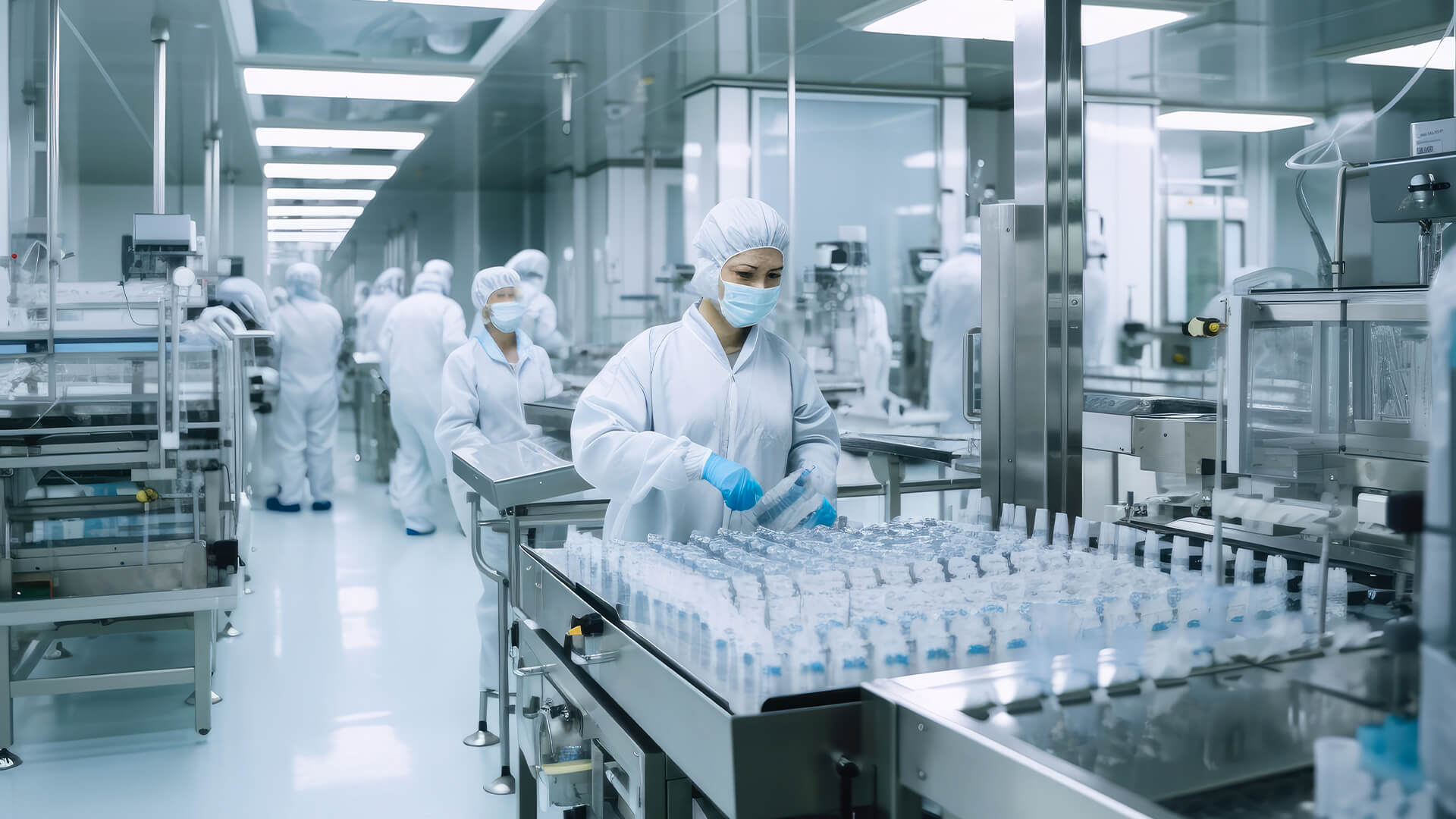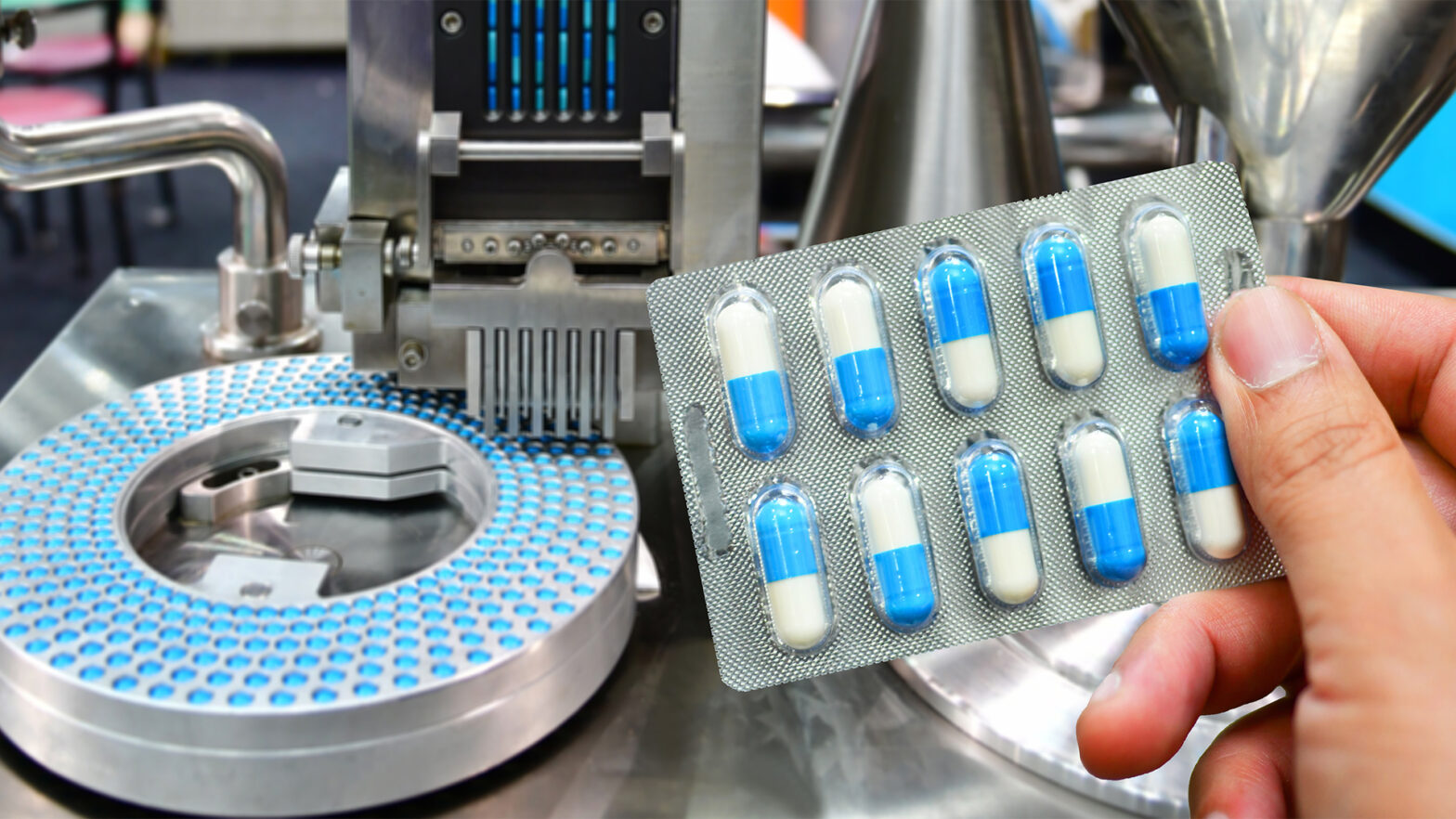
By Alf Goebel, CEO, advanco.
A supply chain that is strictly regulated in terms of temperature has become a vital part of the modern pharmaceutical ecosystem.
The cold chain accounted for more than a quarter of the global pharmaceutical sector in 2019. When you consider the fact that pharma revenues worldwide came to a total of 1.48 trillion U.S. dollars in 2022, you begin to see just how important the cold chain has become.
Indeed, it is fair to say that the rising prominence of the cold chain has become “one to watch” within the global pharmaceutical sector. This view is shared by various regulatory authorities, including the EU, launching its Good Distribution Practice of Medicinal Products for Human Use (GDP). The USA’s Food and Drug Administration (FDA) also sets out its standards for the manufacture, storage, and distribution of pharmaceutical and food products in the Current Good Manufacturing Practices (CGMP).
Let’s examine why the cold chain is become so central to the pharma sector – and how the industry is having to adapt to accommodate its very specific needs.
The importance of temperature monitoring.
Some medicines, drugs and vaccines need to be continuously stored in a limited temperature range from the time they are manufactured until the moment of vaccination. This is because temperatures that are too high or too low can cause the vaccine to lose its potency, or its ability to protect against disease.
Once a vaccine loses its potency, it cannot be regained or restored. It is therefore vital to ensure these products are kept at the correct temperature, at all stages of its life cycle. If the potency is lost, not only will the pharmaceutical provider have to destroy and re-manufacture the product, which will come at a very steep cost, many people could potentially be at risk of disease, or even death, if they are urgently waiting for the vaccine.
According to studies by the World Health Organization, up to 50 percent of vaccines are wasted globally every year, in many cases because of temperature excursions that affect the efficacy of the products. This figure is alarming and should worry every person working within pharma. Just imagine the number of people these wasted products could have treated – and think about the cost of this waste.
The effects of increased cold chain adoption to packaging and serialization processes.
One of the most obvious changes, which we are witnessing all around us, is the complete re-writing of existing packaging and serialization processes.
Some products demand incredibly low temperatures throughout their entire life cycles, temperatures which can be as harsh as minus 80°C. Many previously established systems, technology and machinery simply could not cope with these harsh conditions. This meant that a full re-design of hardware and software had to be rolled out, manufactured, and implemented at breakneck speed.
The evolution is continuing every day. One of the big developments we continue to see is around mobile technology for the supply-chain. We are seeing a much more coordinated approach to being able to log events with mobile devices. We will also be able to directly-link specific supply-chain events to vaccine outcomes.
We are also seeing an increased usage of barcoding helping to reduce errors in dispensing in stressful periods. Should the globe be unlucky enough to experience another pandemic, vaccines and test-kits developed to detect the virus will need to continue to be supplied across the world quickly and efficiently – which require more standardization.
These amendments go a long way to reducing the risks of temperature excursions. The new systems can receive alerts in case of temperature anomalies and of making immediate decisions. They also allow constant access to the data collected, can analyse and continually improve the cold chain and can optimise management solutions for the cold chain.
They can also confirm that the integrity of shipped products has been respected and can comply with the recommendations on Good Distribution Practices for medicinal products.
Many of these solutions deploy Internet of Things technology to enable temperature monitoring and this is increasing in popularity A 2021 survey found that pharmaceutical companies are using IoT for data-logging (70 percent), temperature analysis (68 percent), and real-time location analysis (53 percent).
Adding temperature oversight into the shipping processes
The shipping process is arguably the riskiest element of temperature-regulated production. While factories and storage facilities can usually be easily controlled, the transportation part, which could involve shipping and road transport across hot areas of the globe, can be difficult.
We are therefore seeing new methods quickly springing up and being adopted as the norm. As an example, some Covid vaccines are shipped in an insulated thermal shipping container with dry ice to keep the vaccine frozen at ultra-low temperatures from –80°C to -30°C. Some vaccines have three presentations that require different storage and handling requirements. These can be distinguished by the colours of the vial caps and carton label borders which are purple, grey, or orange.
Although each of these different colours have varying specifics when it comes to shipping and storage, the key fact to take away is that these specifics must be always adhered to. It isn’t negotiable – failure to adhere to these specifications will result in a useless batch of vaccines.
Likewise, it’s important to regularly monitor the temperature of the vaccine at the start and end of each working day. If storing in an ultra-low temperature (ULT) freezer, standard freezer, or thermal shipper, temperatures must be recorded using a freezer temperature form. If storing the vaccine in a refrigerator prior to use, use the refrigerator temperature form.
Safety First.
Working in, or even taking delivery of materials that have been produced in cold chain environments, carries with it a much higher risk of injury for staff members.
For example, dry ice is the frozen form of carbon dioxide. When heated, most frozen solids melt to a liquid form, but dry ice transforms directly into a gas, by a process called sublimation. Dry ice sublimes at temperatures at, or above -78°C.
The main hazards of dry ice include asphyxiation and burns. Use of dry ice in confined spaces, such as small rooms or walk-in coolers, or poorly ventilated areas can result in depletion of oxygen, resulting in asphyxiation.
Even unpacking the thermal shipping containers requires a serious degree of care, with a long checklist of recommended PPE needed, including an apron, lab coat or coveralls, cryogenic gloves, a dry ice scoop, safety glasses with side-shields or full-face shield and a set of vial tongs.
Implementing new technologies
One of the main changes we are likely to see as the evolution of the cold chain continues is the introduction of new technology, with a very prominent example set to be the increased use of robotics.
Well-designed robots will keep working in the harsh temperatures needed – there is no need for them to have regular rest breaks, wear insulated clothing or cryogenic gloves. Therefore, we will see companies turning more and more to robots to effectively streamline and automate what were previously manual operations to maintain a steady workflow. Indeed, Gartner predicts that 75% of large enterprises will have adopted some form of smart robots in their warehouse operations by 2026 as they search for flexible automation.
In conclusion
A temperature-regulated supply chain is rapidly rising in prominence as a core component of the pharmaceutical sector across the globe. Modern medicine production and distribution is demanding the cold chain, and governments and regulatory bodies are recognising the importance of the cold chain.
Without a cold chain, the outlook of tomorrow’s pharmaceutical sector will be bleak. It is therefore in all of our interests to work together and ensure we have a watertight cold chain fit for the massive demands set to be placed upon it during the coming years.
















